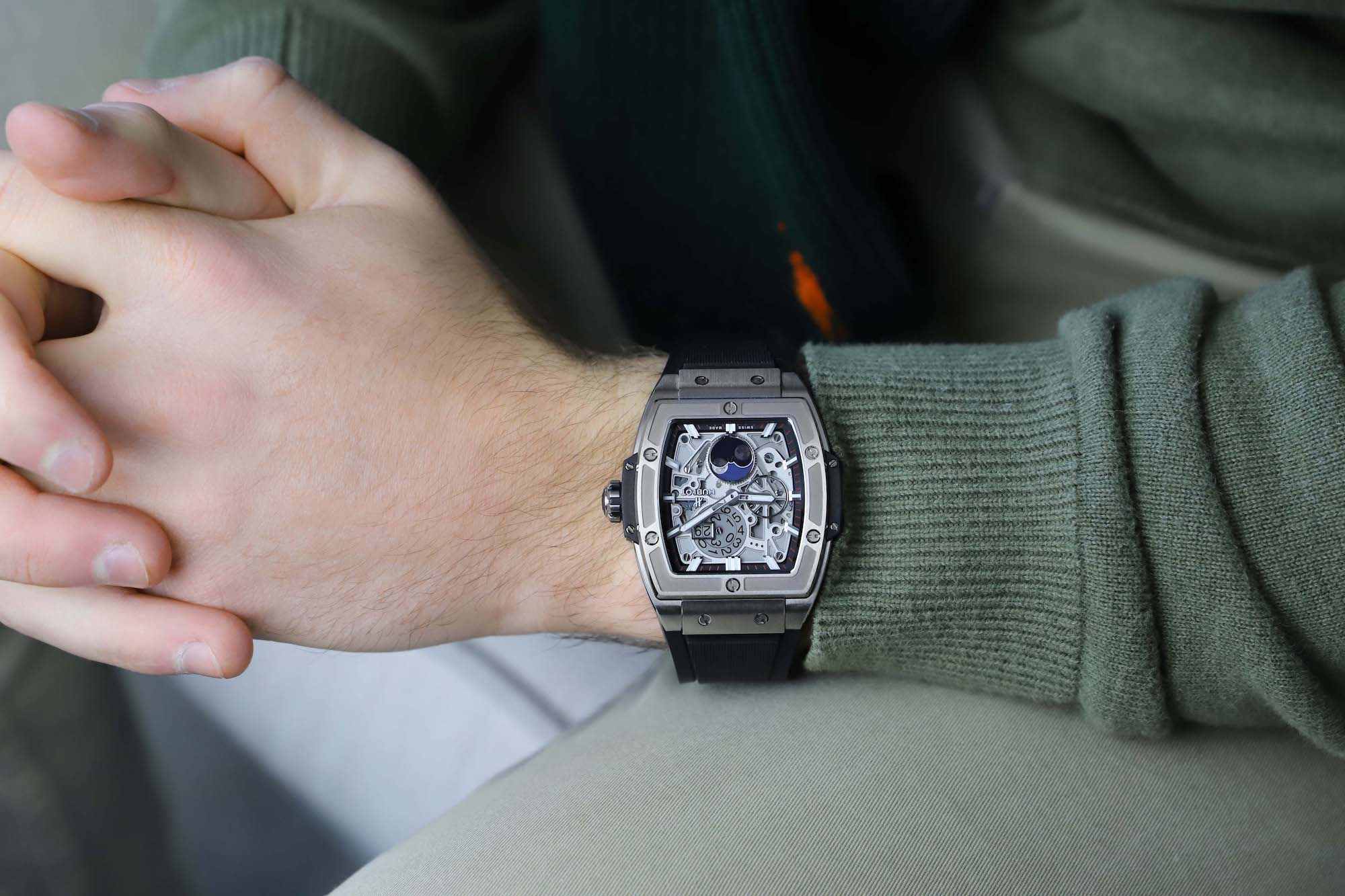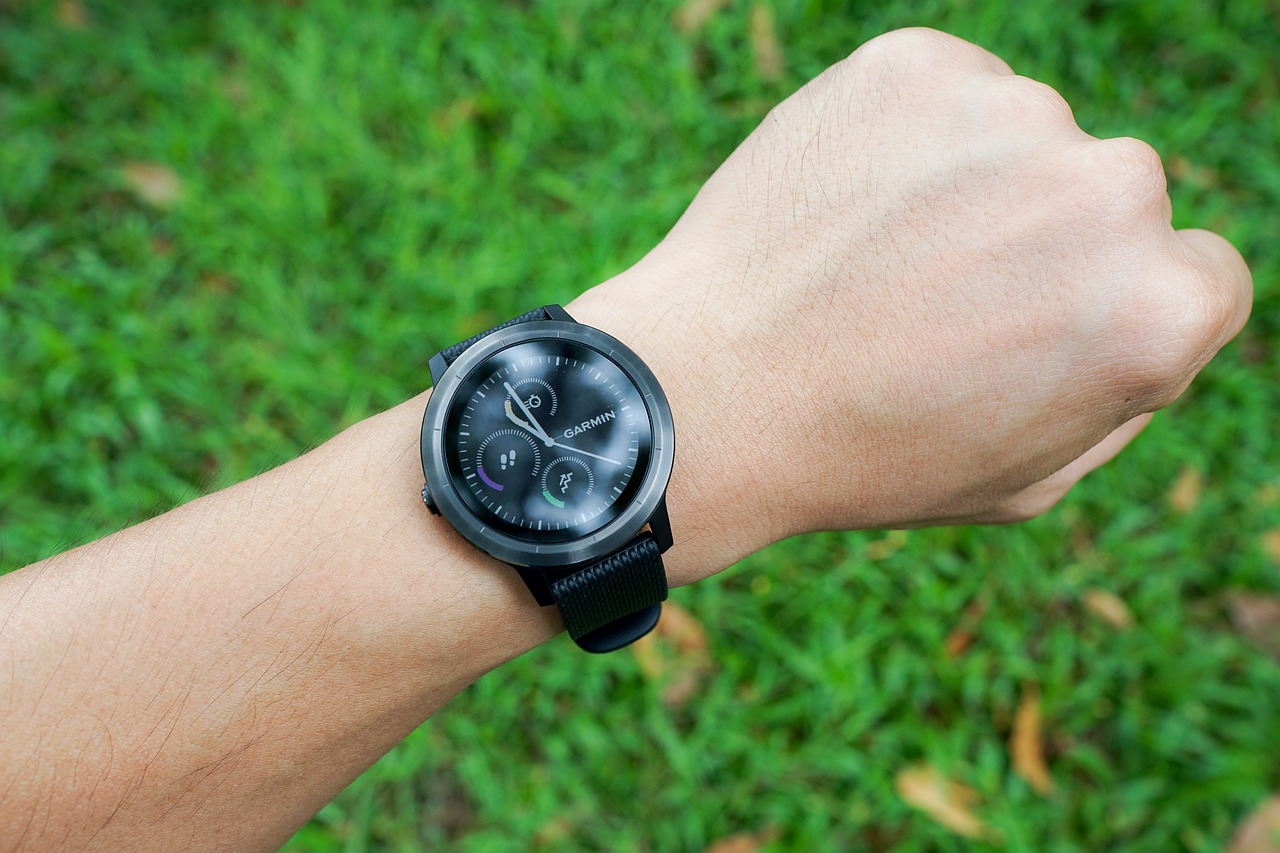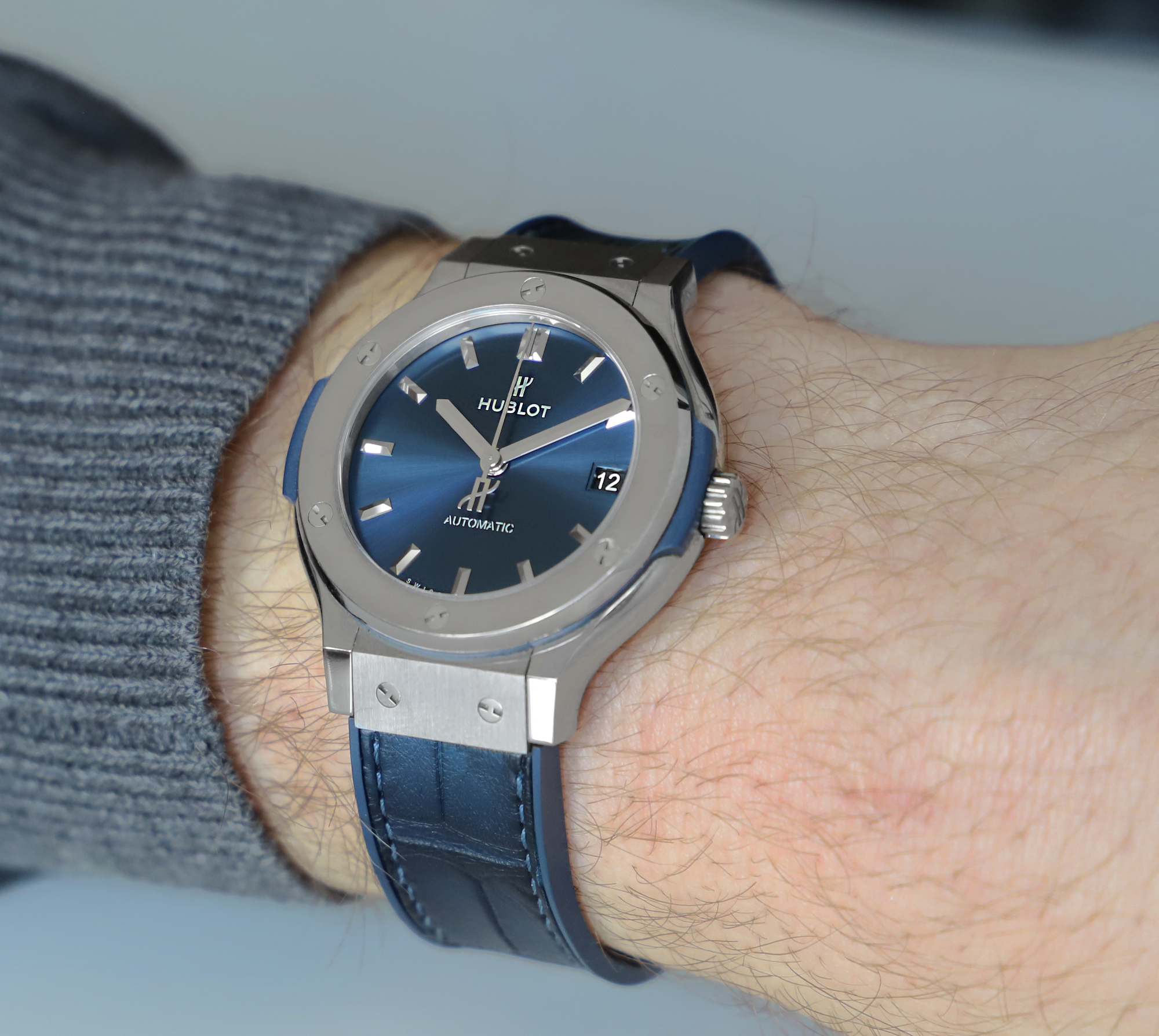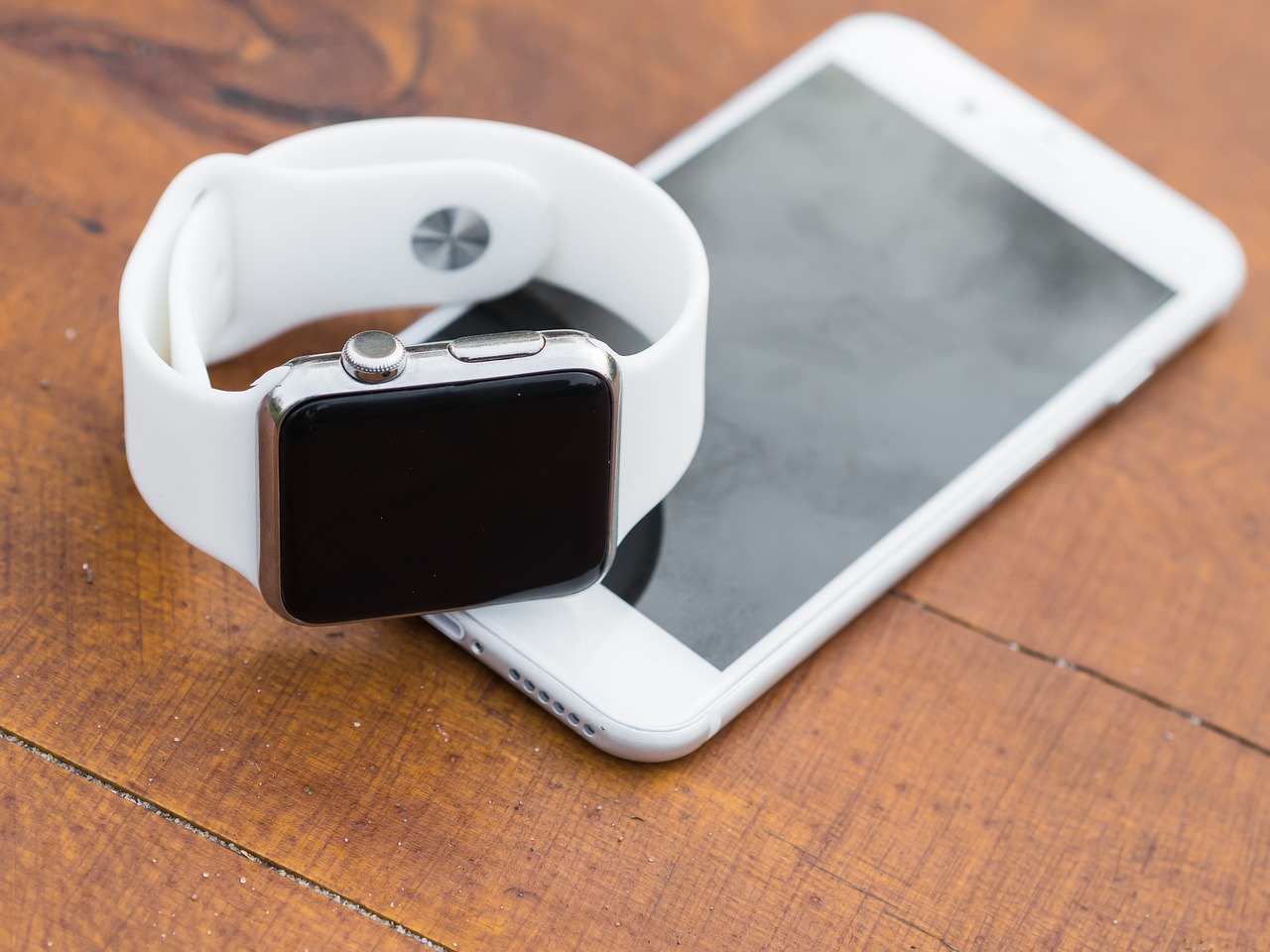
Will Smartwatches Replace Traditional Watches?
With the rise of smartwatches, it’s easy to see why the question of whether smartwatches will replace traditional watches altogether is being asked. Smartwatches have taken the world by storm and gained huge popularity – in particular amongst those who never used to wear traditional watches.
When Apple released the Apple watch in 2015, it essentially gave birth to the smartwatch market, although smartwatches had existed before this. In the first year, Apple sold 10 million watches. in December 2020, Apple passed 100 million, and an additional 30 million new users were added in 2020 which was as many as 2015 to 2017 combined. And that doesn’t take into account smartwatches from all other manufacturers like Samsung.
With all of this in mind, there have been some major discussions about how big of a threat smartwatches impose on the market for traditional watches. Will traditional watches become obsolete and be replaced altogether by smartwatches?

Traditional watches have been obsolete for a long time
First off, we need to talk about the obvious. The fact of the matter is that traditional watches have been obsolete for a long time.
Traditional watches is a broad term but is primarily used to describe traditional watches with watch hands that indicate the time. Most traditional watches are mechanical but technically, we could also include analog quartz watches here as well.
Traditional watches don’t do much apart from telling the time. Sure, they may have a date display, a day window, or a chronograph function. But their level of complexity and functionality will never reach the same level as a smartwatch simply because they aren’t digital.
From the most traditional sense, traditional watches can be explained as mechanical watches. Watches that are powered by mechanical movements, built by watchmakers and oftentimes consisting of hundreds of tiny parts.
When quartz came around, mechanical watches were essentially pointless from a functional standpoint. Quartz watches are cheaper, easier to make, generally more robust, and most importantly, more accurate.
Quartz watches had their big boom in the 1970s and so there have technically been superior choices to mechanical watches since then. Whilst the invention of quartz watches led to the quartz crisis and caused huge challenges for the Swiss watch industry, it eventually recovered. And today, the Swiss watch industry stands strong.
So why is it that although there are more superior alternatives on the market than traditional watches, they continue to be so popular? Well, let’s discuss just that.

Traditional watches are worn for different reasons than smartwatches
Back in the day, let’s say from the 1900s up until the 1970s, almost everyone wore a wristwatch. The purpose? To tell the time.
Today, we have means of telling the time at our disposal all around us thanks to technological innovations. We’re of course mainly talking about the smartphone which most people carry with them at all times, but also things like car dashboards, computers, ovens, microwaves, and much more.
Back in the day, the only way for you to know the time was to look at your watch. As such, it was a crucial tool that essentially everyone used. But as society became more digitalized and smartphones came around, the need for wearing a watch became smaller. A lot of people have since stopped wearing wristwatches but a lot of people still do.
So why is it that people continue to wear traditional watches when they don’t really need to for the sake of keeping track of the time?
The answer is that there are other reasons to wear a watch than keeping track of the time, and these reasons have become more important and more pronounced.

Today, people wear wristwatches as fashion accessories, status symbols, to complement their style, or solely for the appreciation for fine watchmaking. It is said that the wristwatch is a man’s only piece of jewelry and that is true to some extent.
Sure, it’s practical to wear a wristwatch and know the time by glancing at the wrist but it is not crucial in the same way as it was before. Moreover, because the wristwatch has become more of a fashion accessory, jewelry, and status symbol, luxury watches in particular have increased in popularity.
In other words, the traditional watch market has changed, where people tend to focus more on fine watchmaking and luxury watches, rather than just any type of wristwatch that tells the time.

The quartz crisis and the parallel to smartwatches
The reason some people think that smartwatches will make traditional watches obsolete is that they think about the quartz crisis and how it affected the Swiss watch industry – and the mechanical watch industry as a whole.
The invention of cheap Japanese quartz watches caused a crisis in the Swiss watch industry and led to the bankruptcy of many Swiss watch companies. Between the years 1970 and 1983, the number of Swiss watchmakers dramatically reduced from 1,600 to 600. Moreover, between 1970 and 1988, employment in the swiss watch industry fell from 90,000 to 28,000.

With all of this in mind, it’s easy to understand that some people think about smartwatches as the thing that will cause a “quartz crisis part 2”.
Some people argued that the quartz crisis was caused by the Swiss unwillingness to innovate. And whilst some Swiss watch companies started producing quartz watches, they were late to the party. At the same time, others argue that the strength of the Swiss watch industry is mechanical watches and the art of fine watchmaking.
And the truth is, it is. The Swiss are exceptionally good, in fact, the best in the world, at making fine mechanical timepieces. Overall, the Swiss watch industry has stood strong and focused on what they do best and it has continued to appeal to people. That is because fine watches are so much more than a means of telling the time.
They are pieces of art and fine pieces of jewelry. You will never be able to get the same level of connection and appreciation for a smartwatch in the same way that you can with a mechanical watch. And this is, according to us, the main reason why smartwatches will not replace traditional watches.

Smartwatches, on the other hand, are worn for completely different reasons. Smartwatches are worn as practical tools to make life easier. They give you access to music, the internet, texts, and much more.
And there are a lot of people who agree with us, including those in the industry – but more on this later.
Smartwatches may affect the entry-level market of traditional watches
We have already discussed the many reasons why people wear traditional watches. As fashion accessories, status symbols, and appreciation for fine watchmaking and fine objects.
But the same cannot be said about cheap, entry-level traditional watches. And if anything we would say that the greatest risk that smartwatches impose is for the cheap entry-level traditional watches. This is because these watches are still, for the most part, worn solely for the purpose of telling the time. They are not worn as status symbols and they’re generally not much of fashion accessories (although there are of course such, due to the wide array of watches available in this segment).

If the sole purpose of a watch is to tell the time, then it is possible that the individuals who buy cheap, entry-level watches may be inclined to replace them with a smartwatch due to the fact that they are more practical. They won’t only tell the time but they will also give you access to so much more.
In fact, Deloitte’s Swiss Watch Industry Study 2020 stated the following:
“Companies manufacturing primarily high-end mechanical watches see this less as a threat. The high-end mechanical segment, although it also suffered in 2020, has fuelled the growth of the industry over the recent years and should continue in the future.”
The continued:
“Smartwatches have mainly had an impact on the entry-level quartz watches, a segment suffering since 2012 and which lost more than 10 million units over the past eight years.”
Will smartwatches replace traditional watches?
The short answer to that is no. Smartwatches will not replace traditional watches due to the fact that they are two completely different products. Today, traditional watches are primarily worn as fashion accessories and for people’s appreciation for fine watchmaking and nice objects. Smartwatches, on the other hand, are purchased solely for their functionality. They are gadgets used to text, access the internet, speak on the phone, and much more. They are not purchased as fashion accessories and they are not purchased due to people’s appreciation for the craftsmanship behind them.
If smartwatches would have come around in the 1950s and onwards, it would have been a completely different story. That is because, at that time, people used “traditional” watches as tools. Dive watches were crucial pieces of equipment for professional drivers, chronographs were used by race car drivers, and GMT watches were used by pilots. But traditional watches are not used as tools today – at least not tools that are crucial – simply because there is far better equipment for these purposes today.

Instead, smartwatches and traditional watches can exist side by side. And the fact is that smartwatches have existed for almost ten years now and evidently, there are no signs that smartwatches will replace traditional watches any time soon. Instead, we are in some cases seeing the opposite effect where people’s interest in wristwatches is sparked as a result of smartwatches.
It’s easy to see why, when smartwatches first came around, people believed that they would replace traditional watches. Fortunately, we no longer have to speculate as we have sufficient data to say that the answer is no. The Swiss watch industry – and the traditional watch industry in general – stands stronger than ever and there’s a huge interest and demand in traditional watches.
Fewer people today are wearing wristwatches simply because they don’t need to. But as smartwatches have come around, people that never wore wristwatches in their lives started to wear them. For some people, this resulted in the habit of always wearing something on the wrist. And on some occasions, it is simply more appropriate to wear a traditional watch than a smartwatch. This is why, in some instances, smartwatches may actually do the opposite and increase people’s interest in traditional watches instead.
With this said, it is impossible that people who wear traditional watches will also get a smartwatch, but they’ll primarily use them for specific occasions. Some people also wear both watches – one traditional watch on one arm, and one smartwatch on the other. This is a sight that is actually becoming more and more common. In the Deloitte study, 60 percent of the surveyed consumers responded that they would wear either a traditional watch or both a traditional and smartwatch.




